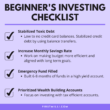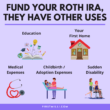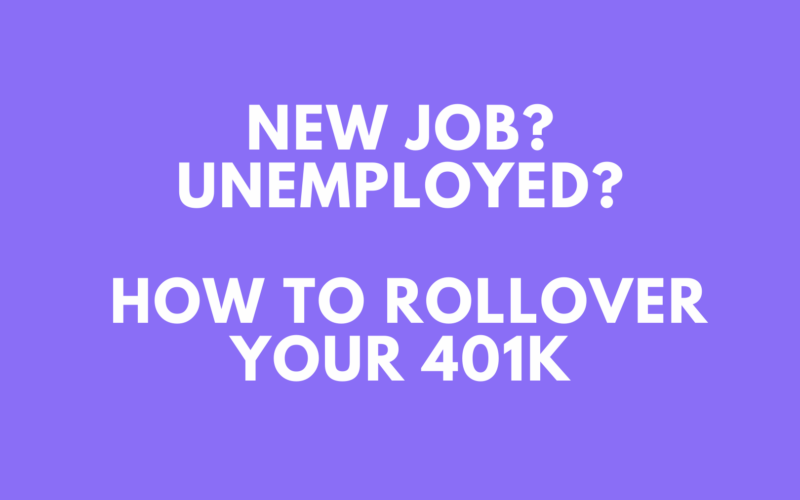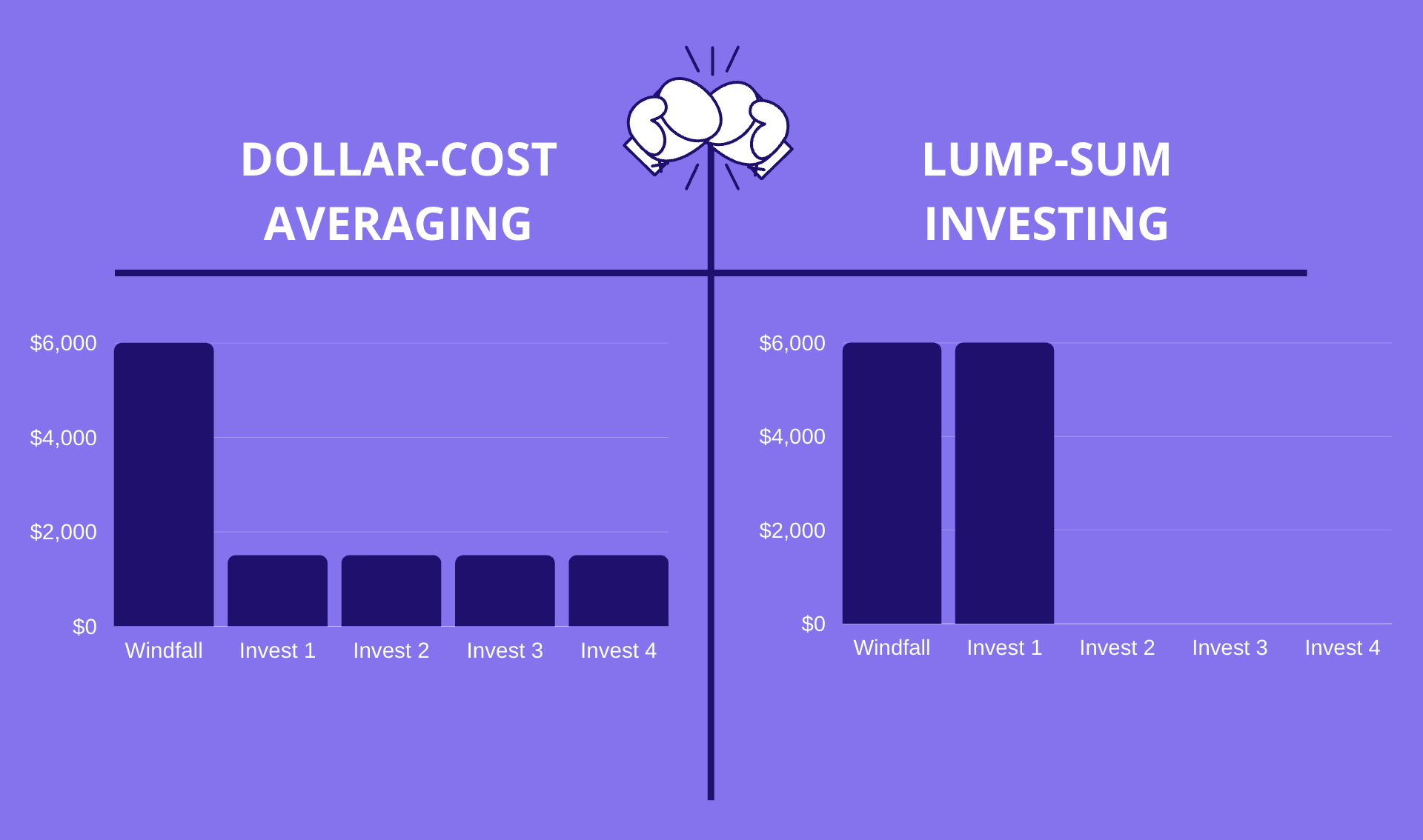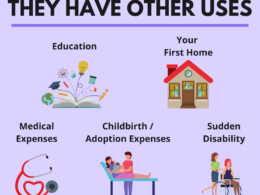Did you know you have options with your 401k after you move on to a new job or perhaps become unemployed. You often don’t have to keep your money with the company that holds your 401k. There are mostly two ways to rollover your 401k.
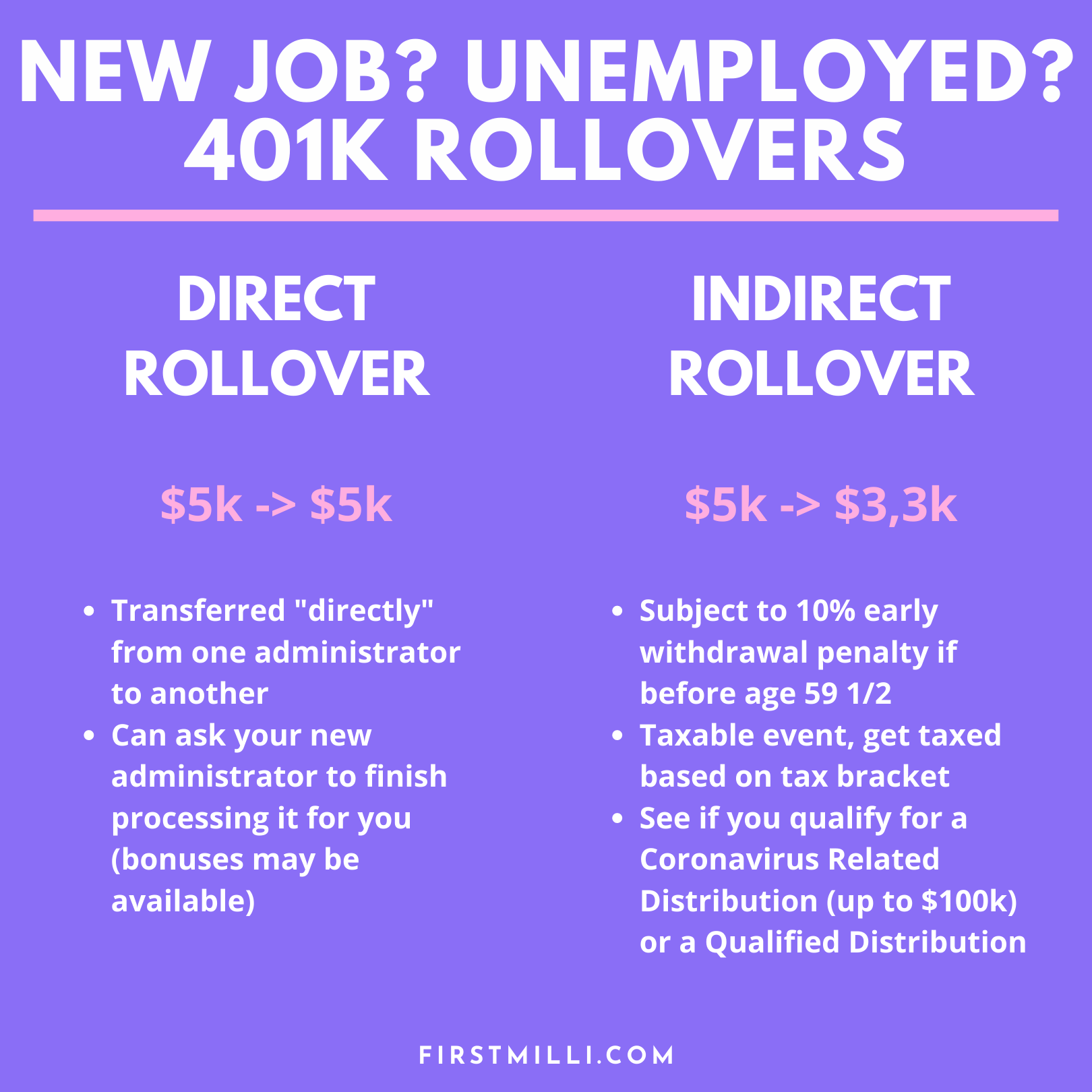
Direct Rollover
- A direct rollover is when you request for your plan’s administrator to send money directly to the IRA that you opened at a bank or brokerage firm. To start it off sometimes you have to open the new account first and then ask your plan’s administrator to send the money. Sometimes you can even ask the new firm to complete the process after you give them the necessary account information. They may also have bonuses available. ?
- If your plan’s administrator wishes to issue you a check to deposit, make sure the check is written out to the new account and not your own name. The idea is you don’t want this money to touch you until you reach retirement. If it’s written out to you it will be considered a withdrawal and not a rollover, which may count as taxable income.
Sometimes this process can last days, weeks and for some poor souls months. Some plans can legally hold the money until your retirement. However, most companies want to get rid of the associated money.
Also quick note, once the money is transferred in the new account, make sure to invest it.
Indirect Rollover
If you get a distribution because the plan administrator provided you with a check made out to YOU, this is called an indirect rollover. When this happens, taxes are usually withheld around 20% (based on your tax bracket) and you will have to report the distribution as income on your income tax return. Which means having to pay taxes on that distribution.
- If you use the indirect rollover distribution and you’re before the age of 59 1/2, the IRS will consider this an early withdrawal and will tax you based on your tax bracket and charge you an extra 10% early withdrawal penalty. This means a $5,000 early withdrawal will leave you with a balance of around $3,300. There are ways to avoid the early withdrawal penalty so see if they apply to you.
Indirect rollovers also have a 60 day grace period where you may withdraw the money and as long as you deposit the entire balance back, you won’t be subject to penalties or taxes.
- If you are affected by the coronavirus pandemic and need to withdraw up to $100,000, this is considered a hardship distribution so you will not be charged the 10% early distribution penalty that is normally charged when you are younger than 59½.
- If you withdraw more than $100,000, it will be taxed, but you will be able to spread out the payment of the taxes owed on the withdrawal over the course of three years instead of having to pay it in the current year.
- If you choose to repay the money that you withdraw early back into your 401(k) or IRA, in order to avoid owing any tax, you can do so even if it exceeds the annual contribution limit for the retirement account. For a 401(k), the 2020 limit is $19,500.
Rules To Note
- If you do not need to withdraw your money within five years from the conversion, you can avoid the 10% penalty fee that is charged to people who withdraw their 401(k) funds within five years of transferring it to a Roth IRA.
- If you are 59½ or older, you are exempt from the 10% early withdrawal penalty.
- If you transfer the 401(k) funds into an existing Roth IRA that was opened five or more years ago, you can withdraw the rolled-over 401k earnings without penalty. This is normally known as the the five year rule of IRA’s.
Coronavirus Related Distribution (CRD) per CARES Act
- Exception to code 72(t), Sec.2 waiving the 10% early withdrawl penalty tax for distributions before the age of 59 1/2 from certain retirement accounts for COVID-19 related distributions up to $100,000 to be drawn from January 1, 2020 – December 30, 2020. This was not extended to 2021. If you made a distribution and qualify for a CRD and didn’t notify your plan, please let them know via a 8915-E form.
- Tax bracket wise, the distribution is taxed over a three-year period
- Furthermore, see what options you have a available per a Qualified Distribution
During crisis and pandemics, rules are often changed a bit so please ask a CFP or review the IRS website to see what’s the latest and what may apply to you.

